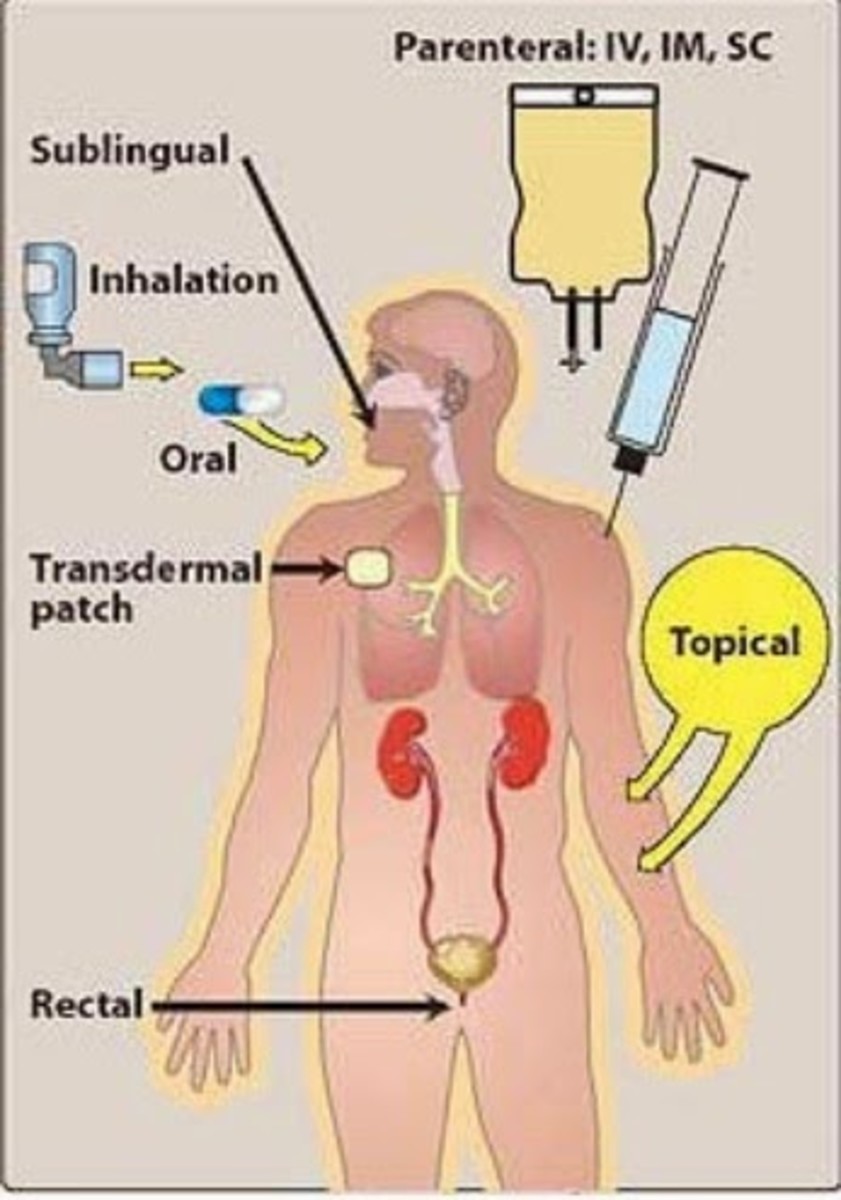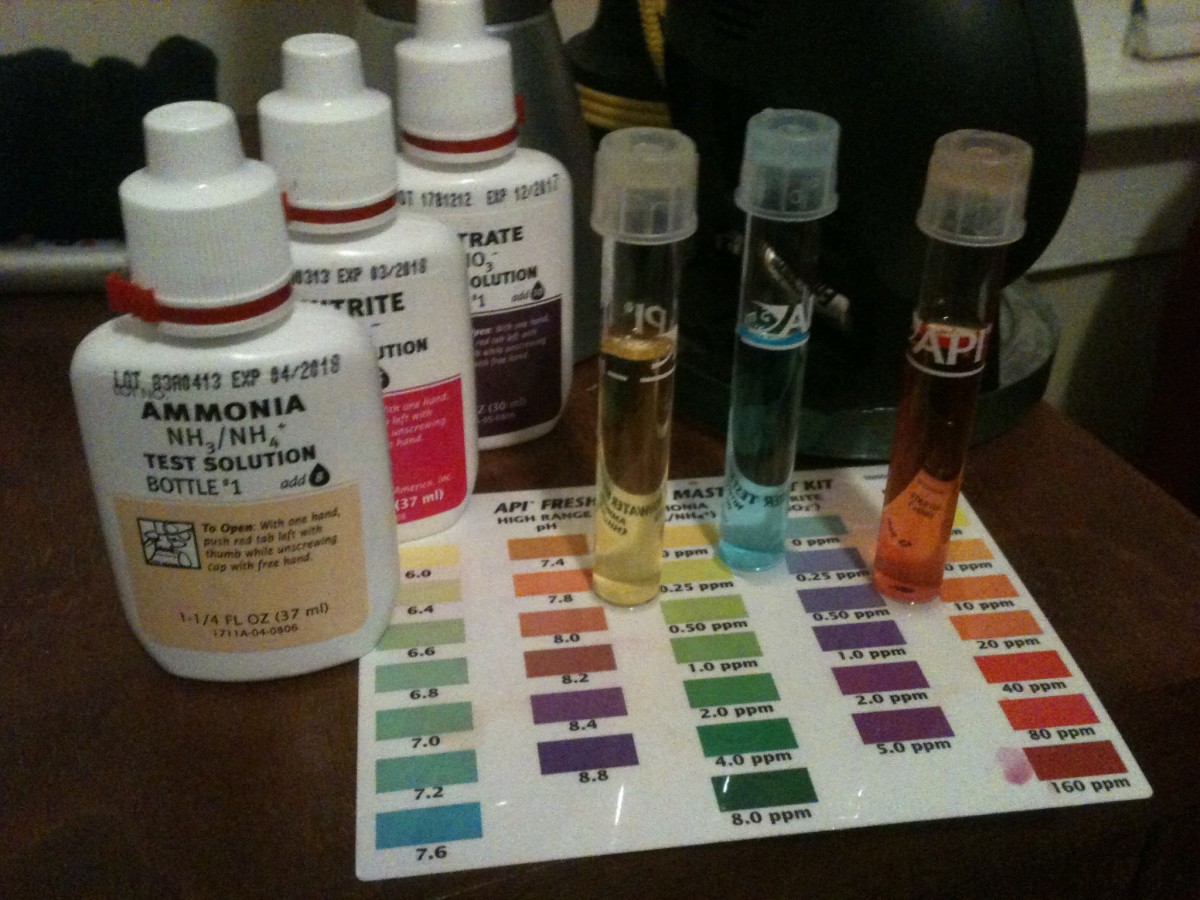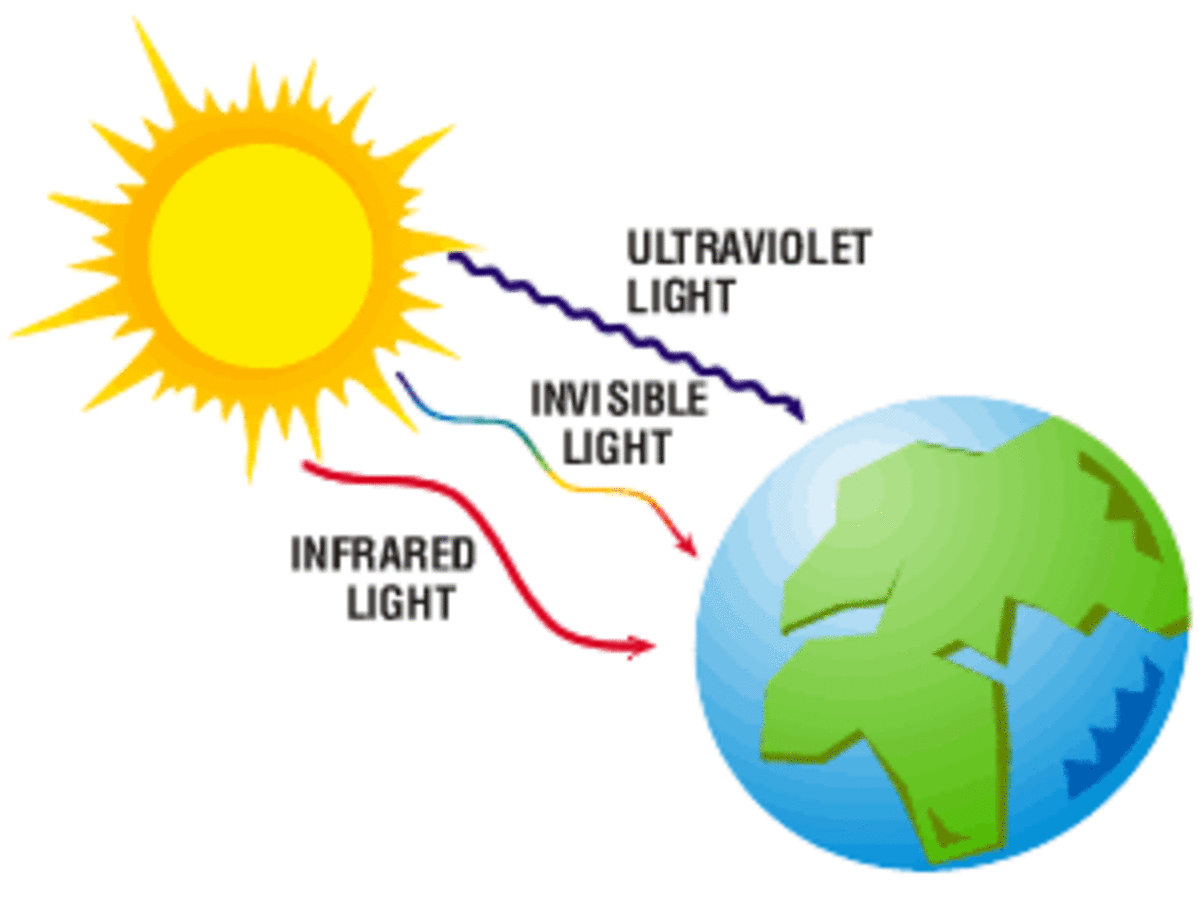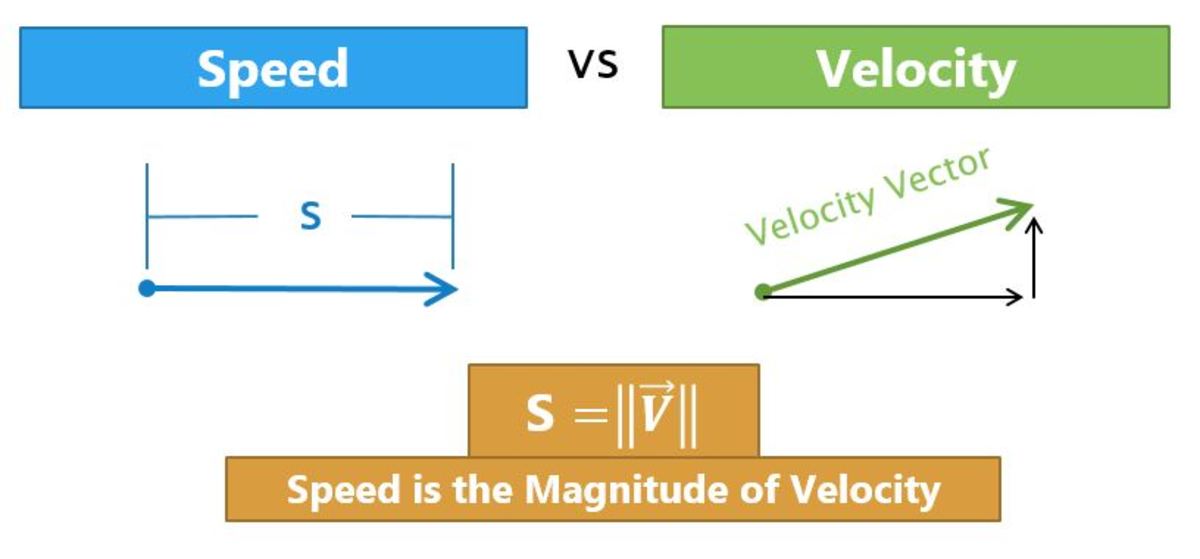What is Vapor Absorption System
VAPOR ABSORPTION SYSTEM
The vapor absorption system differs from the compression system in a way that it uses heat energy instead of mechanical energy to make a change in the conditions necessary to complete the refrigeration cycle. The heat energy for this purpose may be obtained form a gas burner, kerosene oil lamp or electric heater. The system uses a minimum number of moving parts. The only moving part used smaller units are valves and controls bat larger units use circulating pumps and fans also. Due to the absence of moving parts such units are quiet in operation and may be used for both commercial and domestic installation.
The working of an absorption machine depends upon the use of two substances which have great affinity for each other and which can be easily separated by the application of heat. The principal combination euphoric acid water or ammonia and water the latter deign quite common are use.
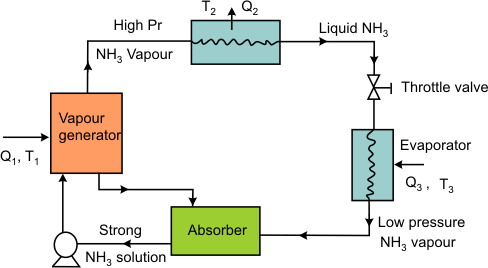
SIMPLE ABSORPTION SYSTEM:
If the compressor in a vapor compression system were replaced with a generator is absorber assembly the result would be a simple absorption system.
In this case the low pressure refrigerant vapor coming from the evaporator is absorbed in the absorber by the weak solution. Of refrigerant water, absorption of ammonia lower the pressure in the absorber, which in turn draws more ammonia vapor from the evaporator some form of cooling arrangement usually water cooling, is employed in the absorber to remove the heat of solution evolved there. This is necessary to increase the absorption capacity of water because it is tick if refrigerant The pump draws strong solution from the absorbers builds up a pressure up to 10 kgf/cm square and forces the strong solution in the generator.
In the generator the strong solution of ammonia is heated by some external source such as gas or steam in the heating process the ammonia vapor driven our of the solution as a high pressure vapor leaving behind in the generator a weak solution. The weak solution flows back to the absorber through a restriction which maintains the pressure differential between the high and low sides of the system. From the generator the refrigerant vapor is conducted to the condenser where it is condensed. Then the high pressure liquid ammonia is passed through a throttle valve to the evaporator where it absorbs its latent heat thus procuring cold.
Practical Absorption System
The simple absorption system discussed above can function and provide refrigeration but its operating efficiency will be very low. In order to make it more refrigeration but its operating efficiency will be very low. In order to make it more practical it is fitted with a heat exchanger, an analyzer and a rectifier. These accessories which help to improve the performance and working f the plant are described below.
· Heat Exchanger: The location of the heat exchanger between the generator and absorbers is ideal. The strong solution pumped from the absorber to the generator must be heated; and the weak solution form the generator to the absorber must e cold. The heat exchanger between the two streams therefore reduces both the cost of heating the generator and the cost of cooling absorber.
· Analyzer: The analyzer is a direct contact heat exchanger consisting of series of tray mounted above the generator. Its function is to remove partly some of the unwanted water particle associated with ammonia vapor going to the condenser. The water vapor if allowed to enter to condenser may enter the expansion valve where they will freeze and choke the pipe line.
Rectifier: The final reduction of the percentage of water vapor occurs in the rectifier, water cooled heat exchanger which condenses water vapor and returns it to the generator. The net refrigerating effect of such a machine is the heat extracted in the evaporator. The total energy supplied for operating the machine is the sum of the work done by the liquid pump and the heat supplied in the generator.
Thus co-efficient performance = Heat extracted from the evaporator
Work done by pump + Heat supplied in generator


